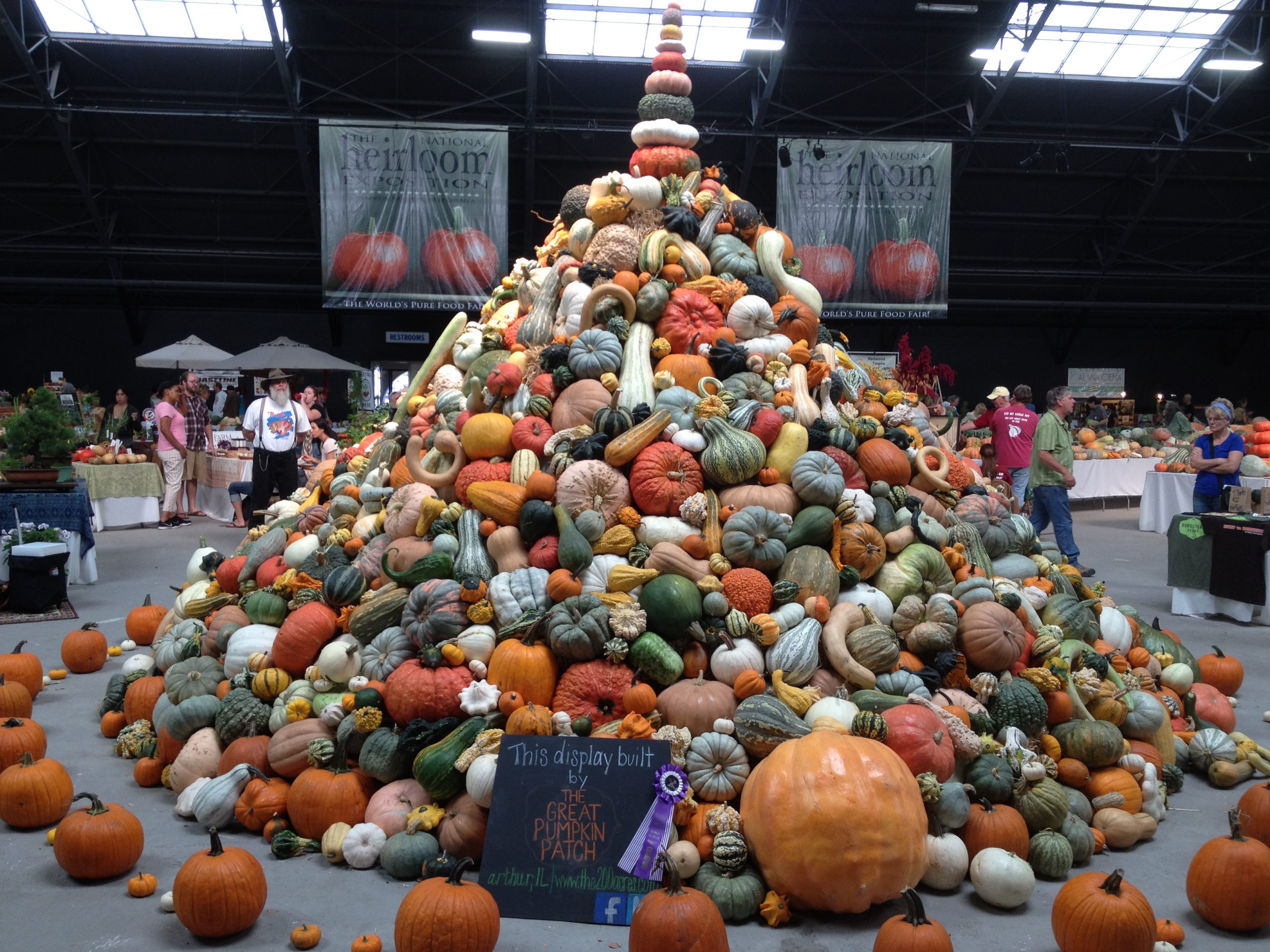An increasing number of U.S. farmers are growing cover crops as a way to build soil health, prevent soil erosion, and reduce the need for chemical fertilizers and pesticides. Now, in response to the COVID-19 pandemic, some Midwest farmers are going one step further by planting vegetable cover crops to provide food for people.
Tom Cannon, who farms and ranches 10,000 acres near Blackwell, Oklahoma, said he had to do something to help people facing hunger problems.
“Even farmers are dependent on our fragile food system—and a lot of us are four days away from hunger,” said Cannon.
So Cannon decided to plant vegetables as a cover crop in what he calls a “chaos garden” in between his commodity row crops. His cover crop mix included peas, squash, radish, okra, melons, sweet corn, and other edible plants.
Cannon can grow his edible cover crops without changing his farming practices.
“I just load my drill [planter] with 50 plus species, and don’t ever go back until it is time to harvest. Cannon plans to let community members pick their own produce. “After the people get everything they want, you turn out cattle onto the field.” Whatever remains serves as “green manure” to fertilize the soil.
Cannon was inspired to plant his chaos garden by Jimmy Emmons, another regenerative farmer in Oklahoma and regional conservation coordinator for the USDA in the Southern Plains.
“The country is just full of corn and soybeans. Why would you want to grow more when there is such a surplus and revenue is so terrible? I just try to grow what people want,” he said.
Emmons has planted a chaos garden for the past five years. Some of the produce goes to his own kitchen but most of it gets donated to local community groups—the food bank, youth groups, and churches—with the agreement that they do the harvesting. Emmons estimates that each acre of chaos generates 4,500 pounds of produce.
Within his role at the USDA, Emmons is advocating for more opportunities for commodity growers to integrate edible crops. “The [pandemic] is terrible,” he said. “The good side is that it’s driving people to do something different.”
Source: Civil Eats.
To view source article, visit:
https://civileats.com/2020/05/12/most-farmers-in-the-great-plains-dont-grow-fruits-and-vegetables-the-pandemic-is-changing-that/





